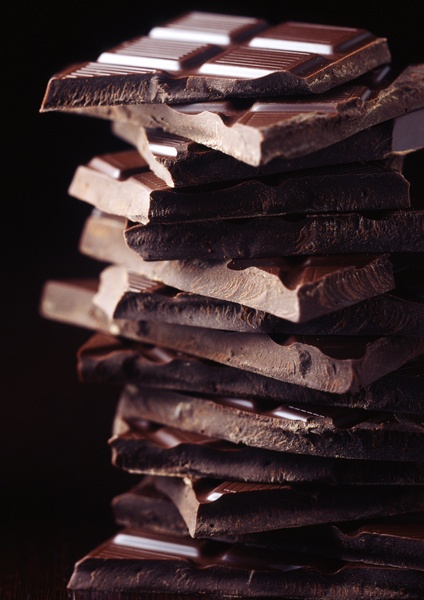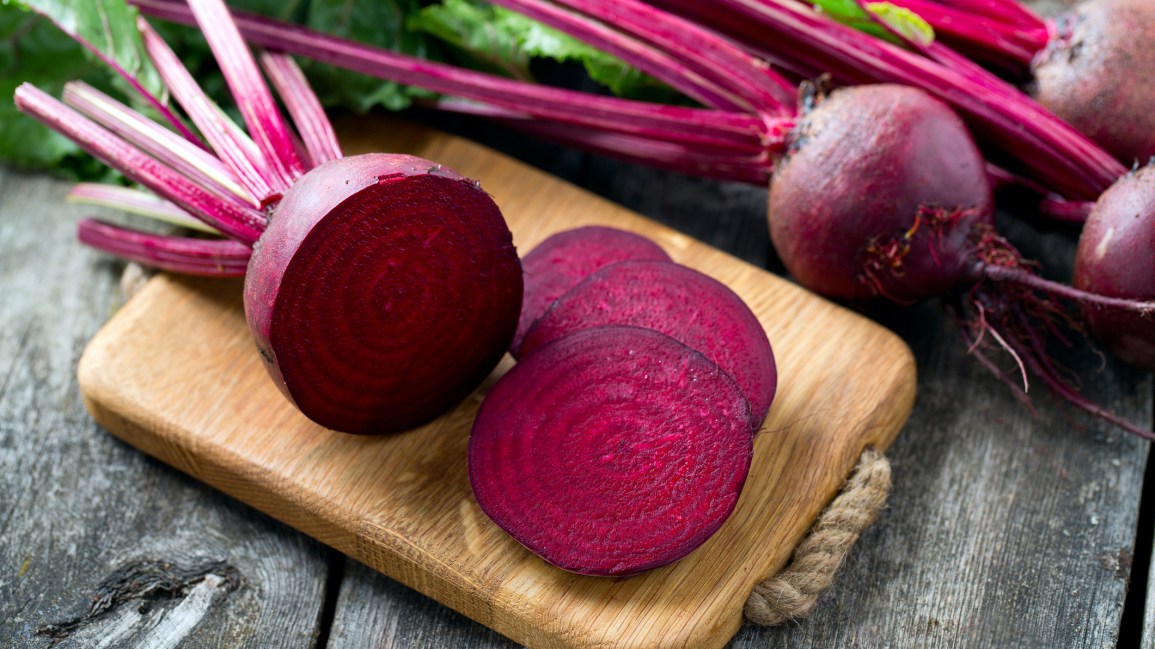Photo by alibaba.com
Papaya is one of the most nutrient dense and healing fruits on the planet. It is extremely high in beta carotene, vitamins C & A, and minerals such as calcium, phosphorus, potassium, and iron. It is a phenomenal fruit for helping to heal any type of digestive disorder such as constipation, acid reflux, colitis, pancreatitis, irritable bowel syndrome, ulcers, celiac’s disease, H.pylori, diverticulitis, indigestion, bloating, flatulence, and stomach upset.
Papaya has a soothing, cleansing effect on the digestive tract and gently removes toxic debris while decreasing swelling and inflammation. Its high nutrient value also provides the body with all the essential vitamins, minerals, antioxidants, protein, and essential fatty acids it needs to rebuild muscles, tissues, bones, and organs.
Papaya contains potent anti-viral and anti-inflammatory properties and can provide significant relief for those suffering with joint pain, shingles, chicken pox, arthritis, colds, flu, and autoimmune disorders such as fibromyalgia, chronic fatigue syndrome, lyme disease, lupus, and cardiovascular disease. Papaya is also an excellent food for the convalescing and can help rebuild the body after a long illness or from being bedridden. If consumed regularly, papaya will greatly improve skin, hair, and nails and keep eye’s bright and clear.
The black seeds inside the papaya are completely edible and can act as an effective vermicide or worm/parasite remover. The black seeds are peppery and when eaten with the sweet papaya taste like a spicy-hot cinnamon candy. They can also be sprinkled into smoothies or onto a salad for added health benefits. The seeds are an excellent digestive aid and contain more enzymes than a whole bottle of digestive enzyme capsules, plus the fresh seeds have all the nutrients necessary for almost instant assimilation. Ripe papaya is delicious with a fresh squeeze of lime and can also be made into a healing and soothing pudding by simply blending the ripe papaya flesh until smooth.
There are two major varieties of papayas on the market today: the big football-size Maradol papayas and the small hand-size solo or strawberry papayas. The large Maradol papaya variety contains the most nutrition and healing properties and are NOT GMO. The smaller varieties are sometimes grown GMO and should be avoided when possible. Maradol papayas are ripe when they yield to gentle pressure. Once fully ripe, they can be stored in the refrigerator for up to two weeks. Maradol papayas can often be found year-round in supermarkets, health food stores, and speciality produce stores.
Written by medicalmedium.com
Enjoy fresh papaya right off the tree on Breathe in Life’s Nicaragua Retreats! Papaya is grown right on the property where we stay!

 Processed with Moldiv
Processed with Moldiv Processed with Moldiv
Processed with Moldiv





















